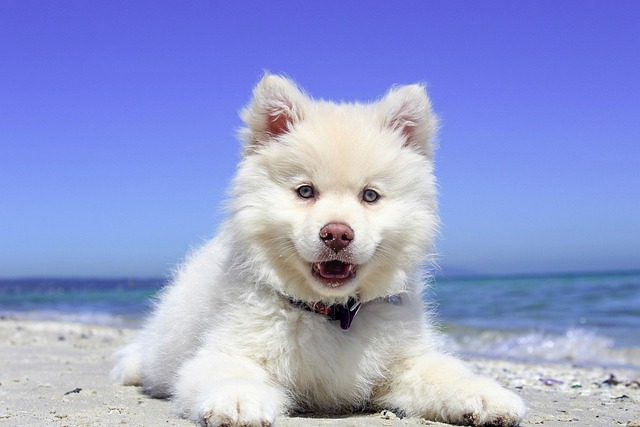
is it normal for dogs skin to peel
If you’re a new dog parent in the US—maybe you’re sitting on your Chicago apartment floor, brushing your 9-month-old rescue Lab mix
If you’re a new dog parent in the US—maybe you’re sitting on your Chicago apartment couch, petting your 9-month-old Golden Retriever, Cooper, and noticing white flakes sticking to your gray hoodie, or you’ve caught him scratching his back raw after playing in the dry autumn grass—you’ve probably thought: Why is his skin so flaky? And what can I do to help? Flaky skin in dogs isn’t just a “cosmetic” issue; it’s often a sign their skin is dry or irritated, and it’s almost always fixable with simple, at-home steps. Let’s break this down like we’re chatting over coffee, with tips you can use tonight.
First, let’s keep the science easy: A dog’s skin has a thin layer of natural oils that lock in moisture. When that layer gets disrupted—from over-bathing (washing away oils), dry apartment air (thanks to winter heaters!), or even a diet missing omega-3s—their skin dries out, flakes, and gets itchy. It’s like when your hands peel in winter, but for your pup. Short-haired dogs (like Beagles) might just have tiny, barely noticeable flakes, while long-haired breeds (like Cooper) can get clumps of dry fur mixed with dandruff. Take Sarah, a first-time owner in Texas: Her rescue Chihuahua, Lua, got flaky skin after Sarah used a citrus-scented human shampoo. Once she switched to a dog-specific oatmeal shampoo, Lua’s dandruff vanished in two weeks—small swaps make a big difference.
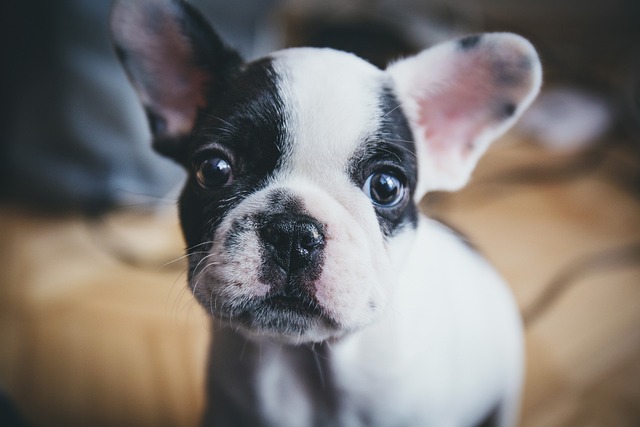
Here’s how to treat your dog’s flaky skin, step by step: Start with grooming—cut back on baths to once every 3–4 weeks (over-washing strips their natural oils!). Use a moisturizing, dog-only shampoo (look for ingredients like oatmeal or aloe vera; human shampoo is too harsh for their pH levels). After bathing, pat them dry gently (don’t rub!) and apply a tiny bit of dog-safe coconut oil to flaky spots—warm it between your hands first so it’s easy to spread. For apartment living, run a humidifier near their bed—dry air is one of the top causes of flaky skin, especially in winter. Add omega-3s to their diet: mix a teaspoon of plain fish oil or pumpkin oil into their kibble (start small—too much gives upset tummies). Brush them 2–3 times a week with a soft-bristle brush—this spreads their natural oils and lifts loose flakes. Always reward them with a freeze-dried chicken treat during brushing; positive reinforcement makes them look forward to it, and US animal welfare norms strictly ban scolding if they wiggle (punishment will make them fear grooming forever).
Now, let’s tie in rules and habits that matter. Every US state requires core vaccines (distemper, parvovirus)—regular vet visits (mandatory for shot updates) are key: if flaky skin lasts more than two weeks, or if you see redness, bleeding, or hair loss, your vet can check for allergies or parasites (like mites) that home remedies won’t fix. Skipping vaccines could get you fined $150 or more in California or New York. When you walk your dog (even with flaky skin), always clean up their poop—cities from Seattle to Boston fine up to $300 for leaving waste, and outdoor irritants (like pollen or grass) can make flaky skin worse, so wipe their paws with a damp cloth after walks. If you live in an apartment, avoid scented candles or air fresheners near their bed—chemicals irritate dry skin. And never let them scratch too much; if they’re obsessed, ask your vet for a soft cone to prevent cuts that turn into infections.
Treating flaky skin is all about gentle, consistent care—not quick fixes. With the right shampoo, humidity, and a little patience, you’ll watch those white flakes disappear. Before you know it, Cooper will be snuggling on your couch without leaving a trail of dandruff—and you’ll both feel relieved.

If you’re a new dog parent in the US—maybe you’re sitting on your Chicago apartment floor, brushing your 9-month-old rescue Lab mix
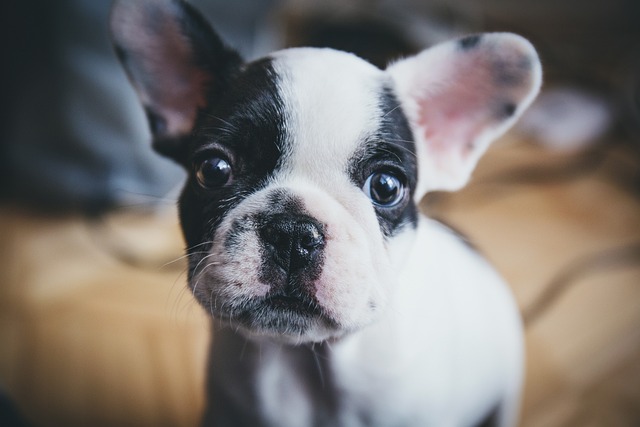
If you’re a new dog parent in the US—maybe you’re sitting on your Chicago apartment couch, petting your 9-month-old Golden Retriever
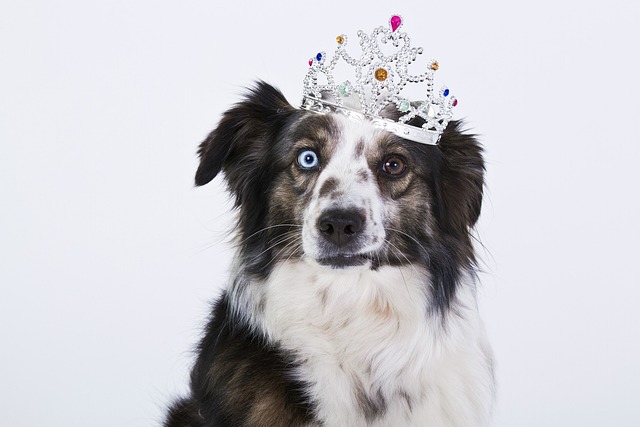
You’re standing in the pet care aisle, staring at a wall of grooming products—each bottle promising a softer coat, fewer tangles, and a happier dog.
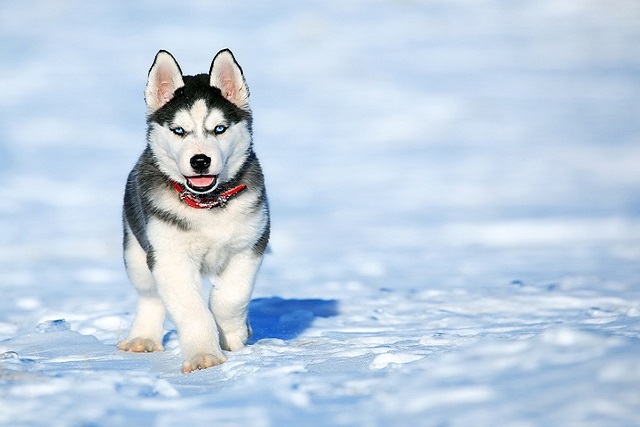
If your dog has ever had a weepy, red, or irritated eye, you know how unsettling it can feel. Maybe you noticed them pawing at their face during a morning walk
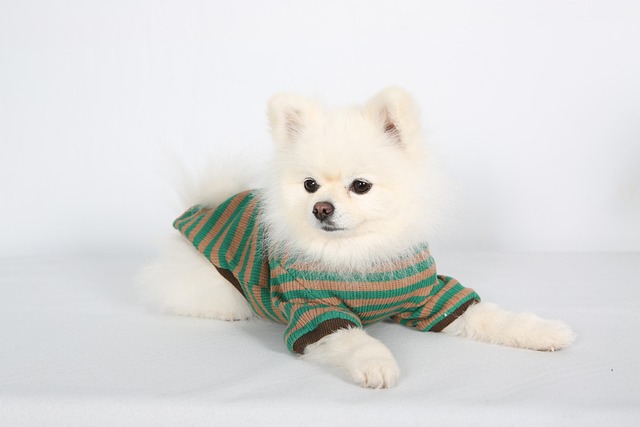
You’ve probably noticed your Pomeranian’s little belly hanging a bit lower these days, or maybe they huff more when climbing stairs—signs those extra pounds are starting to slow them down.
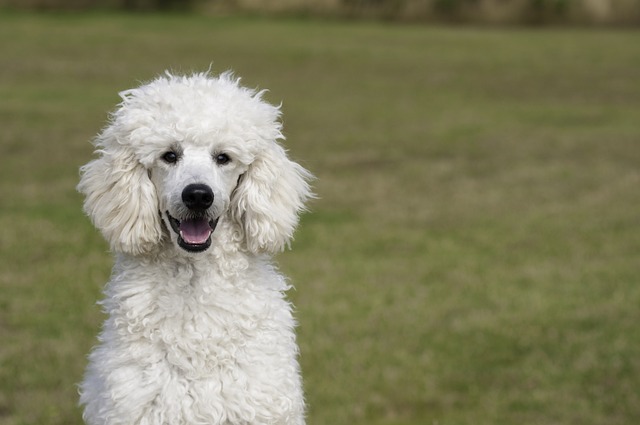
Watching a tiny puppy explore the world makes you wonder about all the little details that will shape them—including whether their coat will grow into a fluffy, long-haired style.